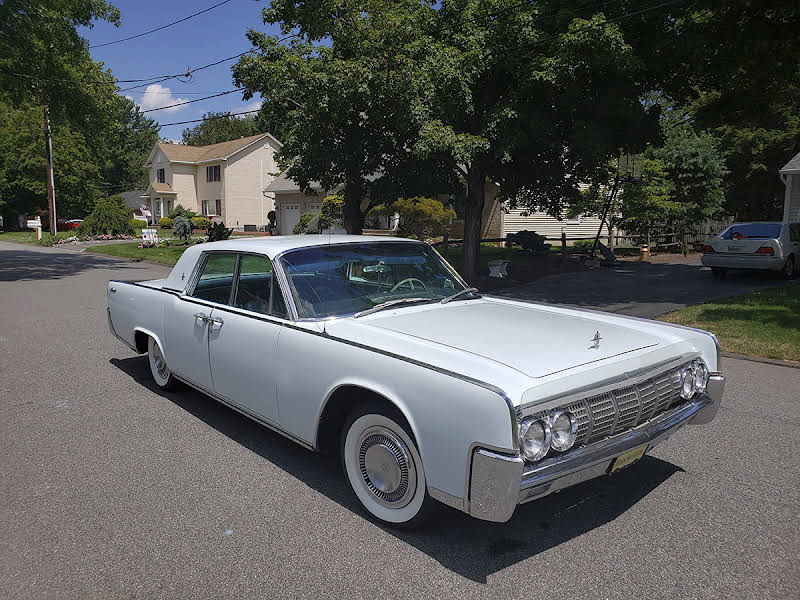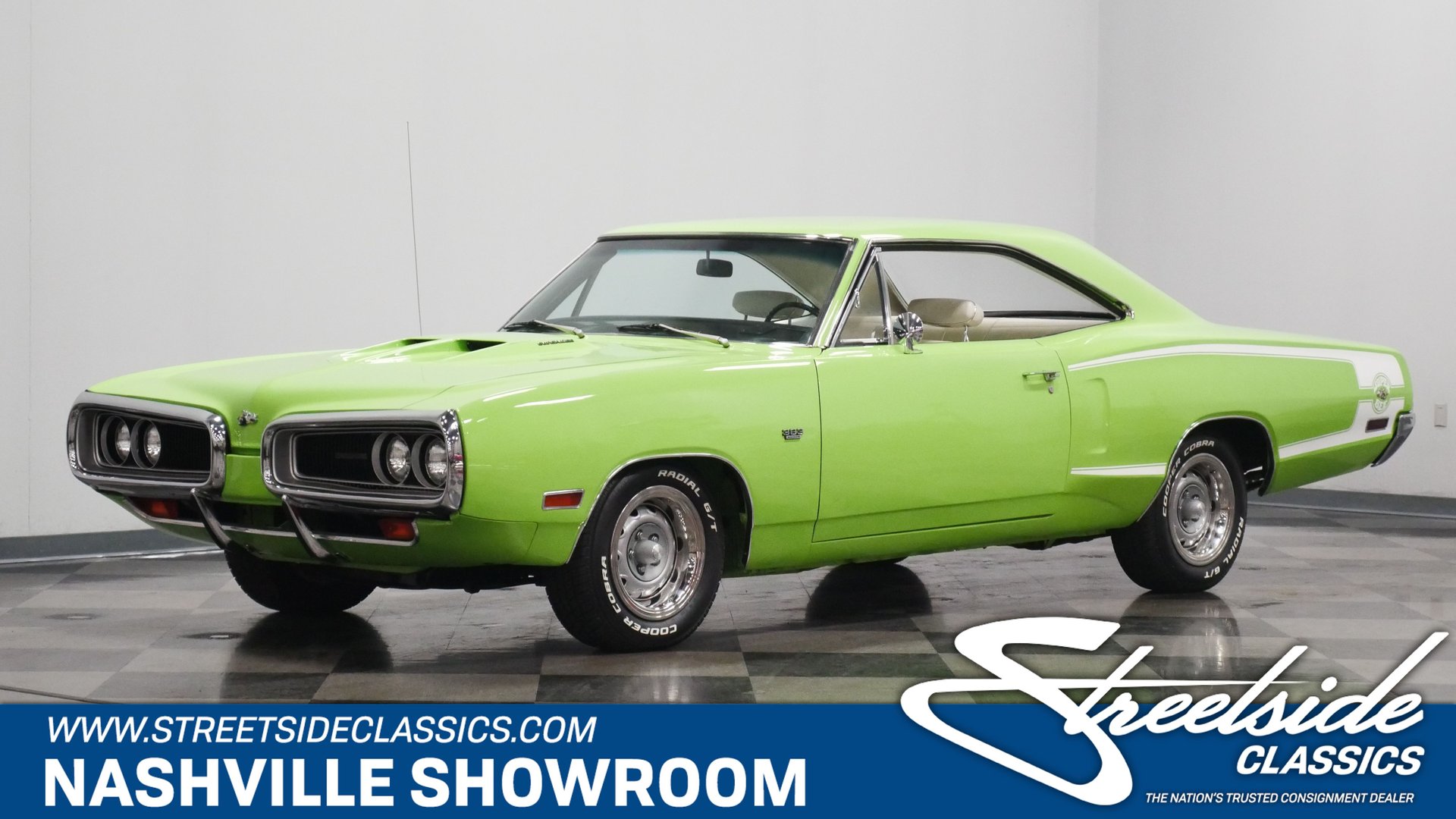
The '90s were a great period for cars. Collectors of '90s vehicles are finding plenty to collect. This article will focus on some of today's most popular cars, such as the Ford Escort RS Cosworth or the Toyota Supra. We will also review the Ford F-150 SVT Lightning NSX. These cars will drive you crazy, no matter how expensive they are.
Ford Escort RS Cosworth
Ford Escort RS Cosworth - A rare WRC homologation limited edition. It was made in the mid- to late 1990s in an effort to show Subaru what was missing in the World Rally Championship. The original Escort-RS Cosworth was 210bhp, and cost $186,000. However, some enthusiasts have restored the car and made it run again.
The Escort-RS Cosworth was originally designed for rallying but was also sold as a road-going model. The Escort RS Cosworth's performance was unparalleled, despite its high price tag. The car was so powerful that insurance premiums were exorbitant. It was also known for its turbo lag which made it very expensive. However, it was sold in high numbers, with over 7,000 units produced in total. It's a collector's favorite.

Toyota Supra
The design of the Toyota Supra changed significantly in the 1990s. The interior of the Toyota Supra was updated with new colors including dark gray and shadow grey. Also, the steering wheel was redesign. The dash got a new look. It now has 6.5-inch speakers and an even larger center speaker cover. The steering wheel received an airbag that took up the entire center. The original three-spoke steering wheels were replaced with a four-spoke model that uses the Supra script.
The Toyota Supra was distinguished from its contemporary counterparts by many features, including the aerodynamic design. The fourth generation Supra received a new body design. The pop-up headlamps were replaced with LED units and the rear wings became optional. This feature was a signature of the Supra. This Supra version was much more powerful than its predecessor. And its turbocharged engine is still capable of putting out more power than its predecessors.
Honda NSX
The Honda NSX remained largely unchanged over the past decade. The 2001 model got a few cosmetic improvements, including a new kit that included fixed xenon halogen headlights. There were also improvements to the suspension as well as larger tires and wheels. You could also get the car in different colors. Owners could even choose a matching interior. The NSX didn't live up to the hype that it was given by its fans.
Honda NSX was prone to oversteer during cornering maneuvers and at high speeds due to its mid-engine configuration. Honda introduced the Type R, and Type S to correct this issue. These cars were heavier and more powerful than their predecessors. There was also a Zero version of the Type R and Type S, but it did not come with a navigation system, AC or stereo.

Ford F-150 SVT Lightning
The Ford F-150 SVT Lightning in the 1990s was a luxury pickup truck that was built on the second generation body style. It came with a naturally aspirated 5.4-liter V8 engine and an Eaton supercharger. The engine produced 360 horsepower and 440 lb-ft of torque, and was backed by a 4R100 automatic transmission. Lightnings of the first generation were not available in a factory-equipped configuration, but could be ordered as an option. The second-generation model included a tubular lower Grille, coil springs in front and a leaf-spring package at the rear. It also had 31-mm antiroll bars.
Twin beam coil springs were used at the front, and leaf springs at the rear. You could choose Monroe Formula GP shocks or a stabilizer for the front and rear. The lowered truck had a ground clearance of one inch up front and 2.5 inches in the back. This truck was ideal for anyone looking for power and speed in a small truck.
FAQ
Are you looking for a career as an automotive mechanic?
The automotive industry is full of exciting opportunities for those who are dedicated to excellence. This field requires hard work and the willingness to learn from others.
Communication skills are important as customers and coworkers will often be your main focus. You should also be willing to travel and work long hours, making commuting difficult.
Consider taking classes at local universities or community colleges if your goal is to pursue a career in the automotive industry. Many schools offer programs for students who are interested to learn about auto sales, customer service, or repair.
Studying mechanical engineering is an option if you're interested in pursuing a degree. You can earn a bachelor's in as little four years.
Many employers will hire graduates straight out from school. It's a smart idea to begin looking for work while you have the opportunity to study part-time.
Once you've completed your education, you'll probably need to complete some form of training before being able to take up a position as an automotive technician.
This means you'll need to pass exams such as the Automotive Service Excellence (ASE) certification exam. This test covers engine maintenance and brakes as well as suspension.
Once you've passed the ASE test, you can apply for a license issued by the National Institute for Automotive Service Excellence.
You can repair vehicles owned by private citizens with a license. You'll get compensation based on the amount of services you perform.
Not all states require licensing. A license is required if you plan on working outside of your home state.
Some states will not issue licenses until an individual has completed certain training. If this is you, you may need another option.
Are you a mechanic or a technician? Can I study part-time?
Although a degree is not necessary, it can be helpful. Most employers prefer candidates who have studied for a full degree rather than those who haven't. It shows that you've worked hard and are determined to succeed.
You can still study while working, however. Many universities permit students to take courses during the summer holidays, and then finish their studies in the fall. Students can also take classes part time throughout the academic year.
What does it take for a mechanic to be a good one?
Expert mechanics take years of practice and extensive experience. You can learn the most effective way to fix cars by learning from a professional mechanic.
You will spend time in a workshop learning everything you can about cars. It is important to get familiar with the mechanics of cars and engineering.
And you'll also need to attend auto school.
The most important thing is to start early. Do not wait to learn automotive technology. Do you want to be a mechanic? Get started today!
What jobs are available for car mechanics?
Three main areas of employment are available for car mechanics:
-
Automotive repair shops
-
Dealerships
-
Independent garages
Automotive repair shops
This is where most people first think of becoming a mechanic. It's actually the easiest way to start. Either work for someone else's shop or you can start your own.
If you choose to work at a store, you need to join a union. Once accepted into the union you will be trained by the union.
Once you complete the training, it's time to get started.
If you decide to open your own garage, you'll need to register with the government. After registering, you'll be required to meet certain standards.
Once you register, you'll receive a license that allows you to operate your garage.
You can sell spare parts or do minor repairs with your license. It won't permit you to fix serious engine problems.
In addition to selling spare parts, you'll also be expected to offer advice and guidance to customers.
Dealership jobs
Most dealerships employ mechanics who specialize in one area of the car. For example, they might only deal with brakes or only replace tires.
Some dealers also have general mechanics that can handle all aspects.
Many of these positions require that applicants undergo training before they are allowed to work. Employers can then choose the best candidates for their job.
Some dealerships hire students straight out of college. These graduates have no difficulty learning about cars because they already know the basics and principles of mechanical engineering.
Independent garages
Independent garages aren't associated with any particular dealership. Instead, they tend to focus on providing high-quality service.
Because independent garages aren't affiliated with any company, they can afford to pay higher wages. As a result, these jobs are generally better paid than those at dealerships.
Independent garages can be just as good places to work, but this does not mean they are better. Many owners prefer to control their businesses themselves, rather than delegating it to employees.
This could lead to you working long hours with little control over your day.
You should also expect to earn lower wages than if you were employed at a dealership.
It's possible to switch between jobs. To work at a dealership you will need to contact your employer to see if he is open to the idea of hiring you.
Alternatively, if you'd like to work at an independent garage, then you could try applying directly to the owner of the garage.
The bad news? Finding a new position isn't always easy. You can earn more depending on many other factors.
You might also consider the vehicle type you repair, and whether extra labor is charged.
Is it hard to get a job working as an auto mechanic?
Yes, it's possible. Many garages advertise their vacancies online, and many people apply just because they think it might be fun. Applying for several positions and seeing if they accept student applications is a good way to get your foot into the door. You could also ask your family and friends if they know anyone in the industry. They might be happy to recommend someone.
How long is an automotive mechanic apprenticeship
The apprenticeship to become an automotive mechanic takes about three years. It includes two years of school and two years as an apprentice. The first year is spent learning all aspects of the trade, including theory, practical skills, and safety procedures. You'll also learn how tools can be used safely and efficiently during this year. After the completion of the first year, you will spend another year on the job training. Here you'll gain valuable experience in different trades. These years will offer you the opportunity to attend formal classes.
The last year of your program will be spent earning qualifications and becoming certified. These include NVQs. They are awarded after passing exams on specific topics within the industry. You can also get HNCs (Higher National Certificates), that cover subjects such as customer service, business administration, management, and business administration. City & Guilds certificates may be available for those who are interested in becoming qualified in specific trades.
Statistics
- The U.S. Bureau of Labor Statistics (BLS) reports that the job outlook for automotive service technicians and mechanics is expected to decline by 4% from 2019 to 2029. (indeed.com)
- There were 749,900 jobs available for automotive service technicians and mechanics in 2016, which is expected to grow by six percent through 2026. (jobhero.com)
- According to the BLS, total auto technician employment is expected to exceed 705,000 by 2030. (uti.edu)
External Links
How To
How to Become an Automotive Technician
An automotive technician provides repair services and maintenance to vehicles. He/she works at car dealerships, auto shops, garages, service centers, etc. Customers can rely on him/her to fix their cars, trucks and motorcycles. An automotive technician must be able to diagnose problems and make repairs quickly, safely, accurately, and efficiently.
To become an automotive technician, a person must first earn an associate's degree from a vocational college. After completing this program the student must pass the National Institute for Automotive Service Excellence exam (ASE). ASE stands for American Society of Mechanical Engineers. There are two sections to the ASE certification test. The first section tests your mechanical skills, while the second tests your practical knowledge. You must attend one of the authorized testing sites to take the test. These locations can be found online, or by contacting your local car dealer.
After passing the exam, a candidate must take a state exam before being licensed as an automobile technician. The process will vary depending on where an applicant lives. Some states require applicants to take a training course while others allow them the freedom to study on their own. Some states allow technicians to become licensed right away after receiving their license. While others wait until they have had at least six years of experience as an automotive technician.
To become an automotive technician, one must apply at a local dealership. Most new employees work as apprentices after they have been hired. Apprenticeships typically last three years. Students learn basic repair skills such as changing oil and adjusting brakes, changing tires, cleaning spark plugs and inspecting engine compartments. Some students will learn advanced repair techniques, such as changing shocks, installing air filters, and replacing engines. Many schools offer classes during regular hours. Some schools offer evening classes, however.
Once a student is done with his/her apprenticeship he/she can become a master journeyman. Journeymen spend typically four to five years learning to install major systems such as transmissions and differentials, steering gear, suspensions and drive shafts. They are also taught how to troubleshoot electrical components and remanufacture engines. Many employers prefer hiring journeymen because they know the job well and understand what the customer expects.
If a candidate successfully passes the required exams and receives a license, he/she might want to consider starting his/her own shop. According to the Bureau of Labor Statistics, nearly 1.7 million automotive mechanic jobs were available in 2010. That number was expected to grow by 18 percent from 2009 to 2020. Candidates who decide to open their own business should be prepared to invest thousands in equipment and supplies.
Many factors affect the automotive technician's salary, including location, education, experience, and employer type. A jobless person could make an average of $20,000 annually. A person with only a high-school diploma could make around $21,000 annually. A bachelor's degree is equivalent to approximately $24,000 annually. Technicians with bachelor's degrees earned about $27,000 per year. Master's degree holders make around $32,000 annually. Salary increases are common, so a professional who earns less than $30,000 now could reasonably expect to earn $40,000 or more in just a few years.